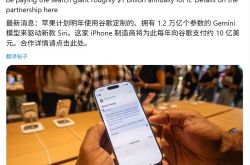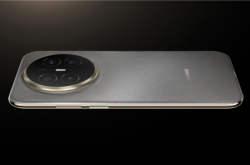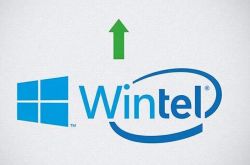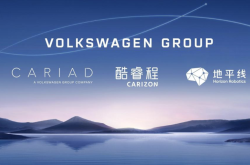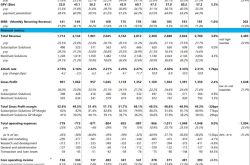World's Narrowest Bezel: OPPO's Small-Screen Flagship Aims to Steal the Spotlight from iPhone 17?
![]() 03/20 2025
03/20 2025
![]() 466
466
The heart of a small-screen flagship remains the "flagship experience".
The mobile phone industry is fiercely competitive, with new claims of "world's best" and "industry first" emerging almost daily.
With battery life and configuration no longer major concerns, and influenced by the standard versions of iPhone and Xiaomi's digital series, small-screen flagships have carved out a niche in the large-screen phone market.
After the second half of 2024, not only established small-screen phone makers but also vivo and OPPO swiftly entered the fray. Rumors even suggest that Honor and Huawei are preparing models with 6.3-6.5-inch screens.
According to @DigitalChatStation, OPPO and OnePlus will release two flagship models with approximately 6.3-inch screens in April, with the former officially named "Find X8s". Vivo will also bolster its presence in the small-screen phone segment, with its mid-range S series set to welcome its own small-screen model.
OPPO's ColorOS 15 has garnered significant attention, and the Find X8 series has had a strong start this year. There is considerable anticipation for OPPO's upcoming small-screen flagship. Zhou Yibao, head of OPPO's Find series product line, has been actively sharing details about OPPO's new Find series phones, piquing the curiosity of netizens.
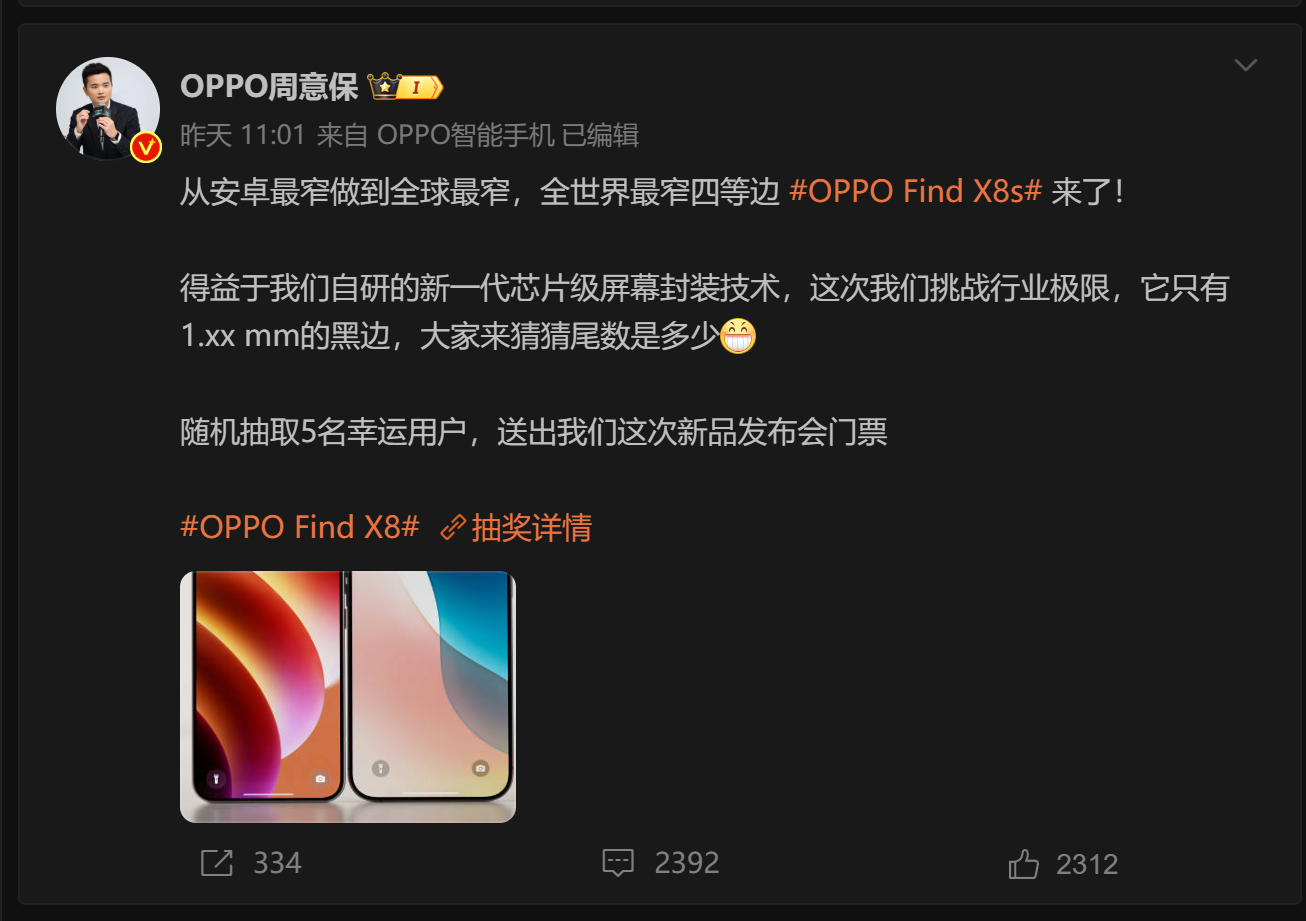
(Image from Weibo)
So, can OPPO, with its multi-device strategy and "OPhone" branding, achieve even greater success?
Lighter, thinner, and featuring the "world's narrowest bezel"
OPPO's Zhou Yibao announced a major milestone for the Find X8s, the smallest screen size in the Find X series.
He shared a front comparison image of the Find X8s and the iPhone 16 Pro Max, heralding the arrival of the "world's narrowest four-sided bezel". The 1.xxmm black border left netizens speculating wildly. Currently, the Xiaomi 1, iPhone 16 Pro Max, and Samsung S25 Ultra are among the narrowest models, with black border widths of 1.38mm, 1.34mm, and 1.32mm, respectively.
Some netizens guessed in the comments that the Find X8s' black border width is around 1.32mm, to which OPPO's Zhou Yibao replied, "Be bolder".
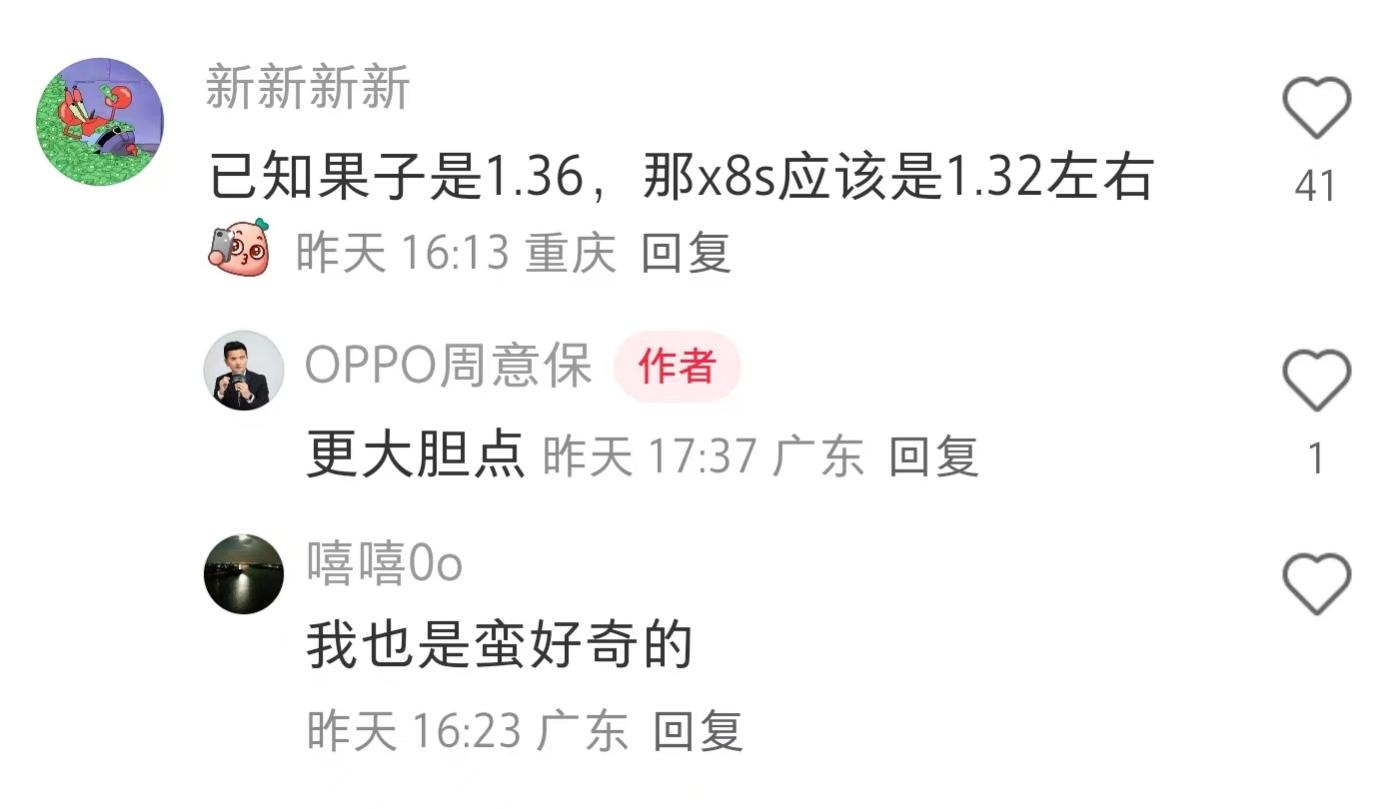
(Image from Xiaohongshu)
As for just how bold, we'll have to wait for the final release data. Judging from the image, the Find X8s' bezel effect is not groundbreaking, but at least the title of "world's narrowest bezel" can now be confirmed.
Zhou Yibao also revealed the secret behind the world's narrowest bezel, stating that a new generation of chip-level screen encapsulation technology was used. In chip processing, chip-scale packaging (CSP) is a high-precision packaging technology offering higher integration. The size after CSP packaging is almost identical to the chip itself.
Additionally, Leitech previously discussed the LIPO (Low Pressure Injection Molding) screen encapsulation technology, which further narrows the screen's black border width by optimizing the display driver chip and circuit layout, folding or hiding the screen driver chip behind the screen. Models like the Xiaomi 15 and earlier iPhone 15 (Pro/Pro Max) used LIPO packaging to compress the screen's black border width.
It's uncertain whether the Find X8s' screen adopts the same chip-level packaging process. Xiao Lei speculates that it may be a further optimization of the LIPO packaging process to achieve an even narrower black border. OPPO boasts of having invested 100 million yuan over three years to develop its proprietary screen encapsulation technology. In summary, from a marketing perspective and based on actual photos, the ultra-narrow bezel effect has been achieved.
As of press time, Zhou Yibao has also released a more comprehensive front comparison of the Find X8s. The combination of a small screen with an ultra-narrow bezel, along with a body thickness of 7.7xmm and a weight of less than 187g, suggests that the actual phone should feel comfortable in the hand.
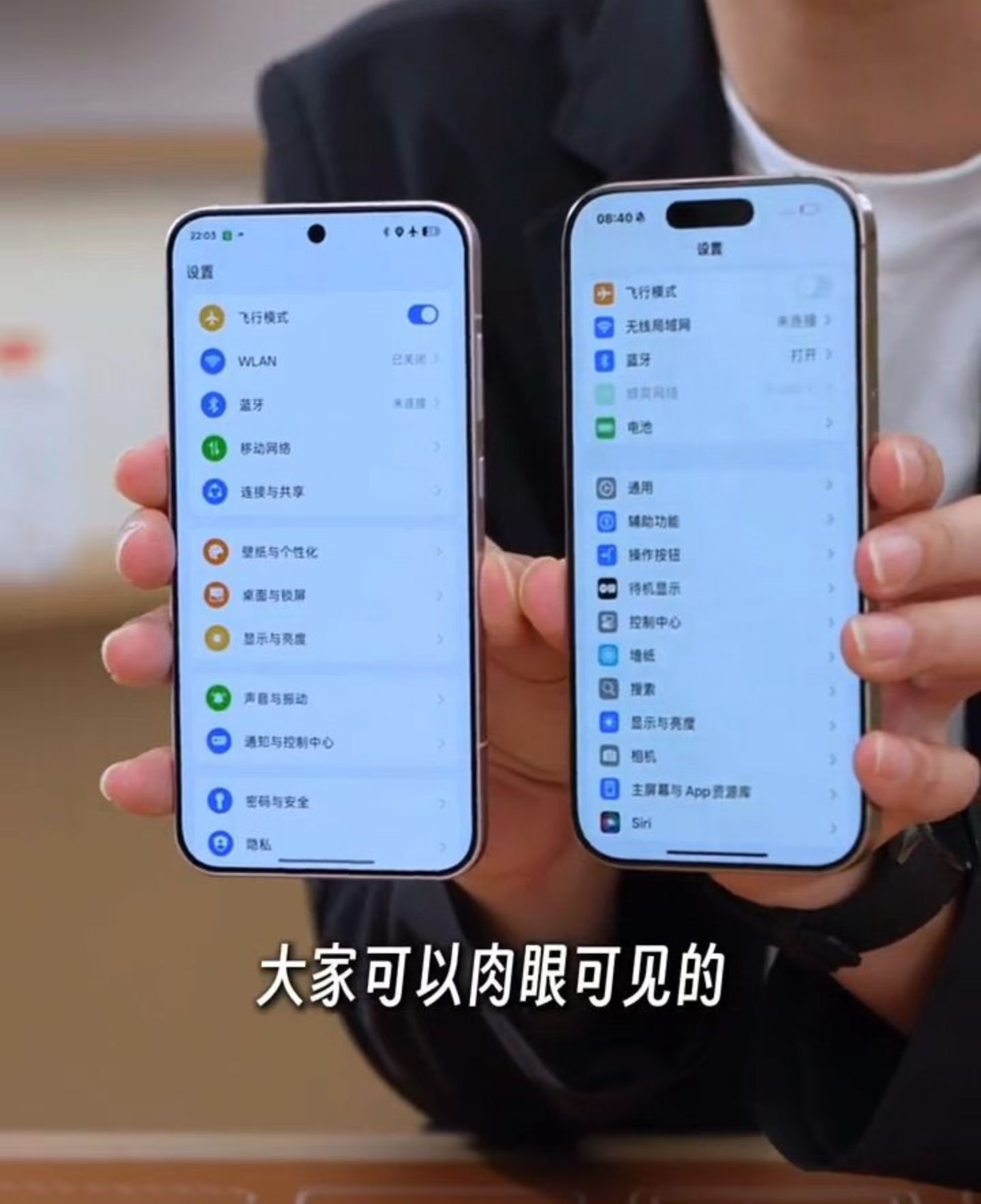
(Image from Weibo)
The Find X8 Ultra, released simultaneously, will also feature top-tier ultra-narrow screen bezels and is the first domestic self-owned brand to adopt a straight-screen design for its Ultra imaging flagship. One thing that can be confirmed is that advanced packaging technology has already made the screen appear more "borderless," without needing to rely on curved surfaces to create the illusion of "very narrow borders." The return of the straight-screen trend is also anticipated.
Despite the practicality of ultra-narrow bezels, the high-end feel and visual experience provided by the visual "borderless" effect for consumers are real. Flagship phones mean more to consumers than just "being good enough." The "pleasing to the eye" design is also a value that flagship models need to offer, in Xiao Lei's opinion.
"Narrowest bezel" is a bonus, but users need more
Small-screen flagships undeniably hold great appeal for online users, with their main advantage being lightness and flexibility, offering a stronger sense of control with one hand. However, the ultra-narrow bezel also sparks another discussion: "false touches".
The outside world is closely following the OPPO Find X8s. Some netizens believe that an ultra-narrow bezel should be a standard feature of flagship phones, while others express concern about false touches. Their argument is that most usage scenarios for small-screen phones involve holding the phone with one hand, and it's inevitable that the thumb will touch part of the screen, leading to false touches. The black border acts as a "buffer layer" between the touchscreen and the thumb.

(Image from Weibo)
During the era of curved screen designs and discussions about "borderless phones," Xiao Lei has also seen similar arguments, as curved screens contain part of the display and touch area, which can easily lead to false touches.
Mobile phone manufacturers have long had solutions to this, such as disabling touch in edge areas and combining touch chips with edge touch algorithms. It can only be said that after so many years of using curved screens, manufacturers have very mature countermeasures for false touches. Ultra-narrow bezels are a market demand, and preventing false touches will not become an obstacle to the advancement of screen encapsulation technology.
However, ultra-narrow bezels cannot be the sole selling point. Without comparable basic experiences to mainstream large-screen phones, small-screen flagships cannot stand out. Although ultra-narrow bezels are a plus, basic hardware is what everyone pays more attention to. Xiao Lei noticed the discussion section related to the Find X8s and found that most netizens are still discussing hardware configurations, such as camera pixel count, processor performance, display quality, etc., rather than the screen bezel itself.
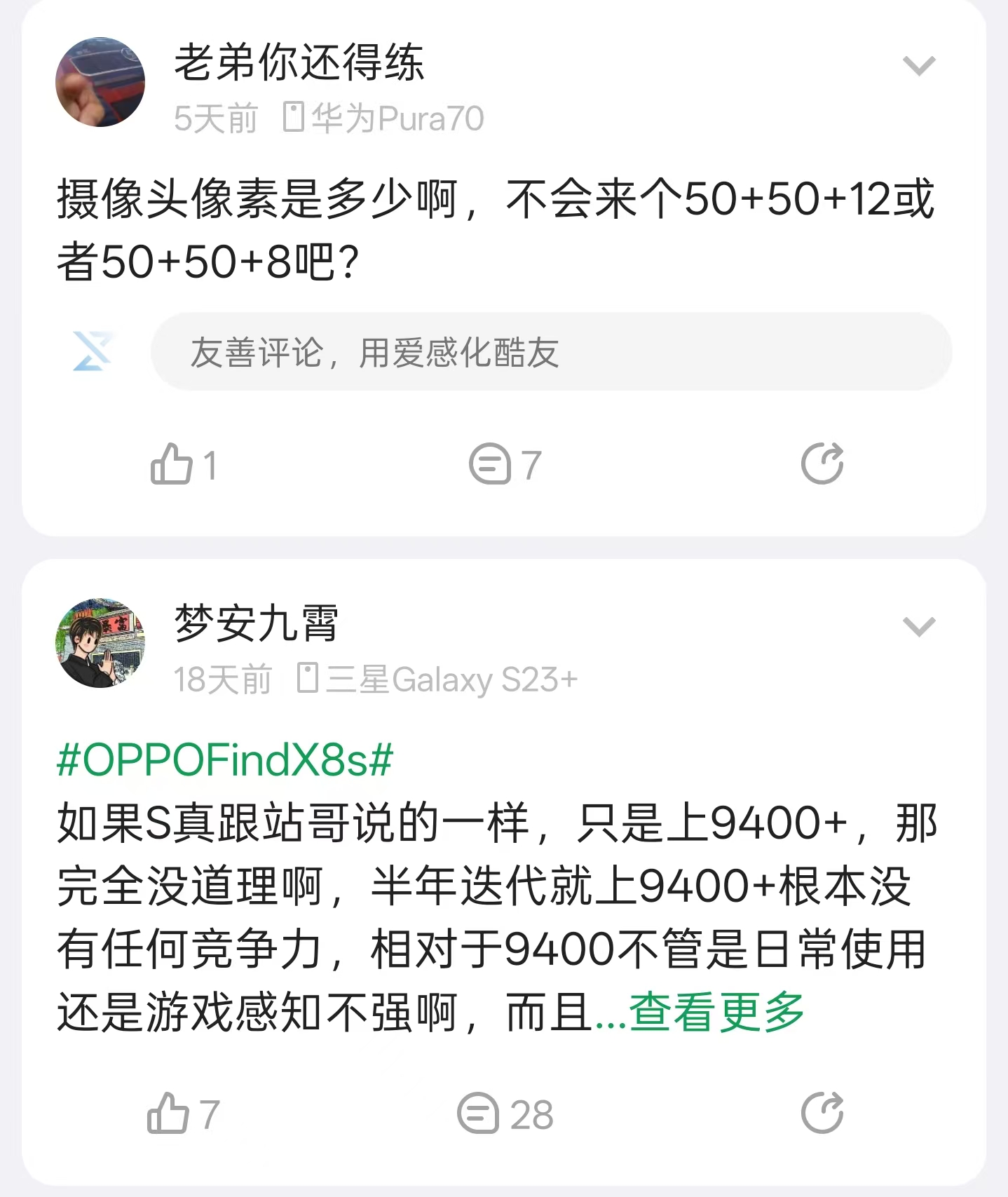
(Image from Coolapk)
The Find X8s' hardware is impressive. According to @DigitalChatStation, it includes the latest MediaTek Dimensity 9400+, X-axis linear motor, periscope telephoto lens, 6000mAh battery (supporting 80W wired fast charging + 50W wireless fast charging), and other flagship configurations. The design remains the classic "Oreo" big round look, and the overall configuration is slightly better than that of already launched small-screen flagships.
As a late entrant to the small-screen flagship market, the Find X8s, despite being able to learn from already released competitors, is released relatively late. The lost first-mover advantage must be compensated for by stronger product strength, making it even more competitive.
Four-flagship lineup set, OPPO aiming to steal the spotlight from iPhone 17?
Models with half-generation upgrades can sometimes seem uninteresting, with most new products optimized and upgraded based on existing models. However, OPPO's actions in the first half of the year are significant.
From a product planning perspective, OPPO may hope to adjust the Find series' product lineup through half-generation upgrades, recognizing the market potential of small-screen flagships and incorporating small-screen products into the Find X series' standard version position, forming a four-flagship lineup of Find X8s, Find X8s Plus, Find X8s Pro, and Find X8 Ultra, potentially targeting Apple's updated product line this year.
Apple's iPhone 17 series is also expected to make a strong impression this year, with a major redesign, anticipated to come standard with a high refresh rate across the board, as well as an ultra-lightweight and large-screen Air version.
In addition, there will be another "sister model" to the Find X8s, featuring the same ultra-narrow bezel straight screen, a Qualcomm Snapdragon 8 Supreme Edition processor, and a dual-camera setup for imaging, with the main selling point being that "there's always one that suits you." The two new phones will bear the main responsibility of competing in the small-screen flagship market, facing considerable tasks and challenges.
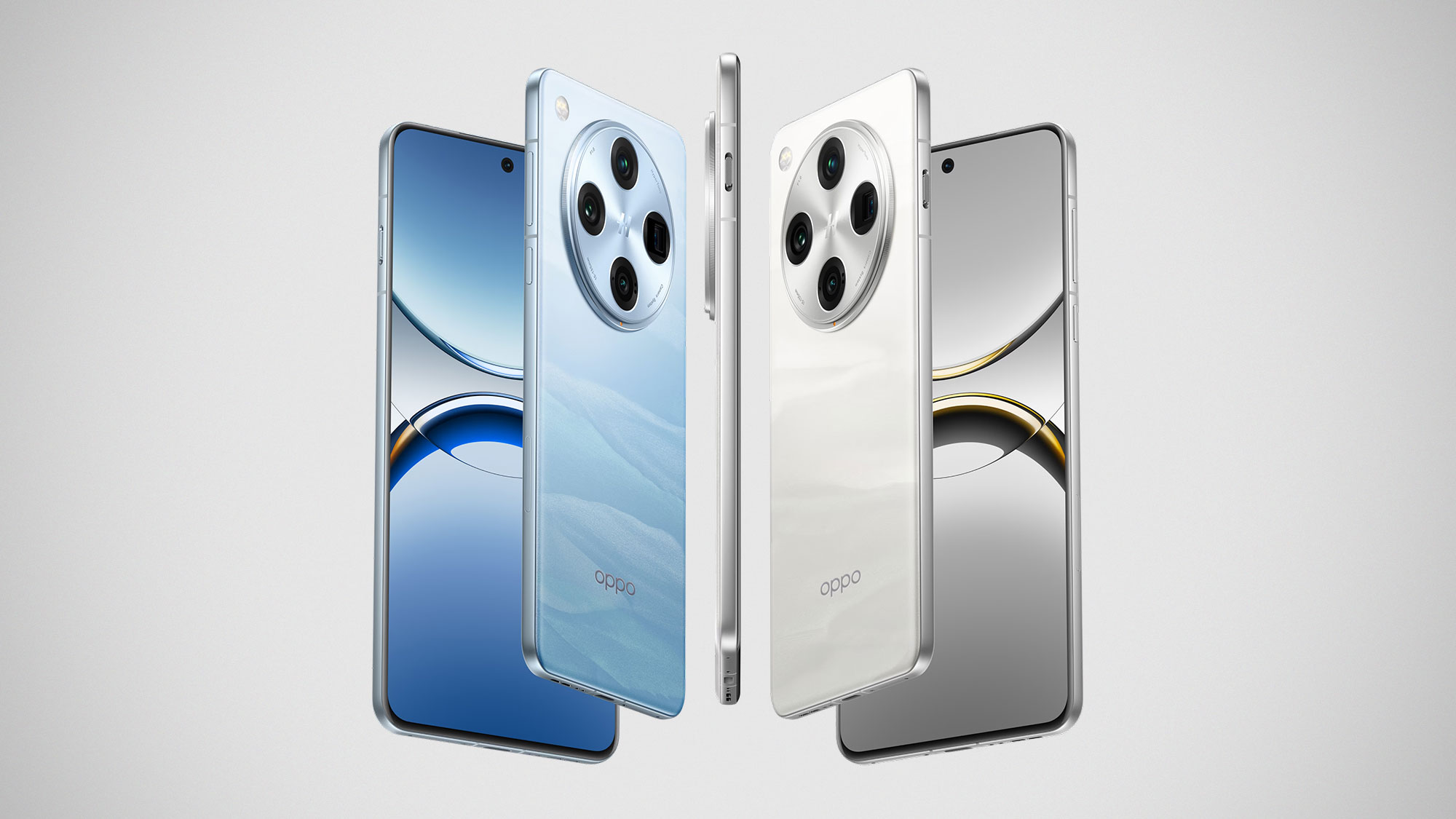
(Image from OPPO official)
Small-screen flagships are undoubtedly a key betting track for the mobile phone industry in 2025, even showing more trends, such as the popularization of small-screen phones. Vivo's upcoming S series will also have a small-screen version, as well as Motorola's S50, priced around the 1900-2500 yuan range.
With high market attention and intense discussions among netizens, the OPPO Find X8s has gained considerable exposure in the early stages, but it also means that expectations will be higher. Pricing, product strength, and differentiation points will be sensitive areas in the market.
"The world's narrowest bezel" is indeed a marketing goldmine and a bonus for the Find X8s. In such a competitive mobile phone market, consumers' expectations and thresholds for surprises from new phones are very high. They may not be satisfied with just the narrowest bezel and will demand more.
Under intense promotional efforts, the OPPO Find X8s and Find X8 Ultra will undoubtedly become the focus of the new phone wave in April. It remains to be seen how the official pricing will be set.
March 20-23, AWE (Appliance & Electronics World Expo) 2025 grandly opened. Giants such as Hisense, TCL, Changhong, LeTV, Tineco, Dreame, NARWAL, Bear, Yi Stone, Shokz, Haier, Sanyia, Joyoung, ECOVACS, Vanward, Sony, Samsung, LG, and more participated. How the AI industrialization wave sparked by DeepSeek affects household appliances is an important attraction. "AI appliances" are surging, and the Leitech AWE 2025 reporting team is tracking and reporting the entire event. Stay tuned.
Source: Leitech

